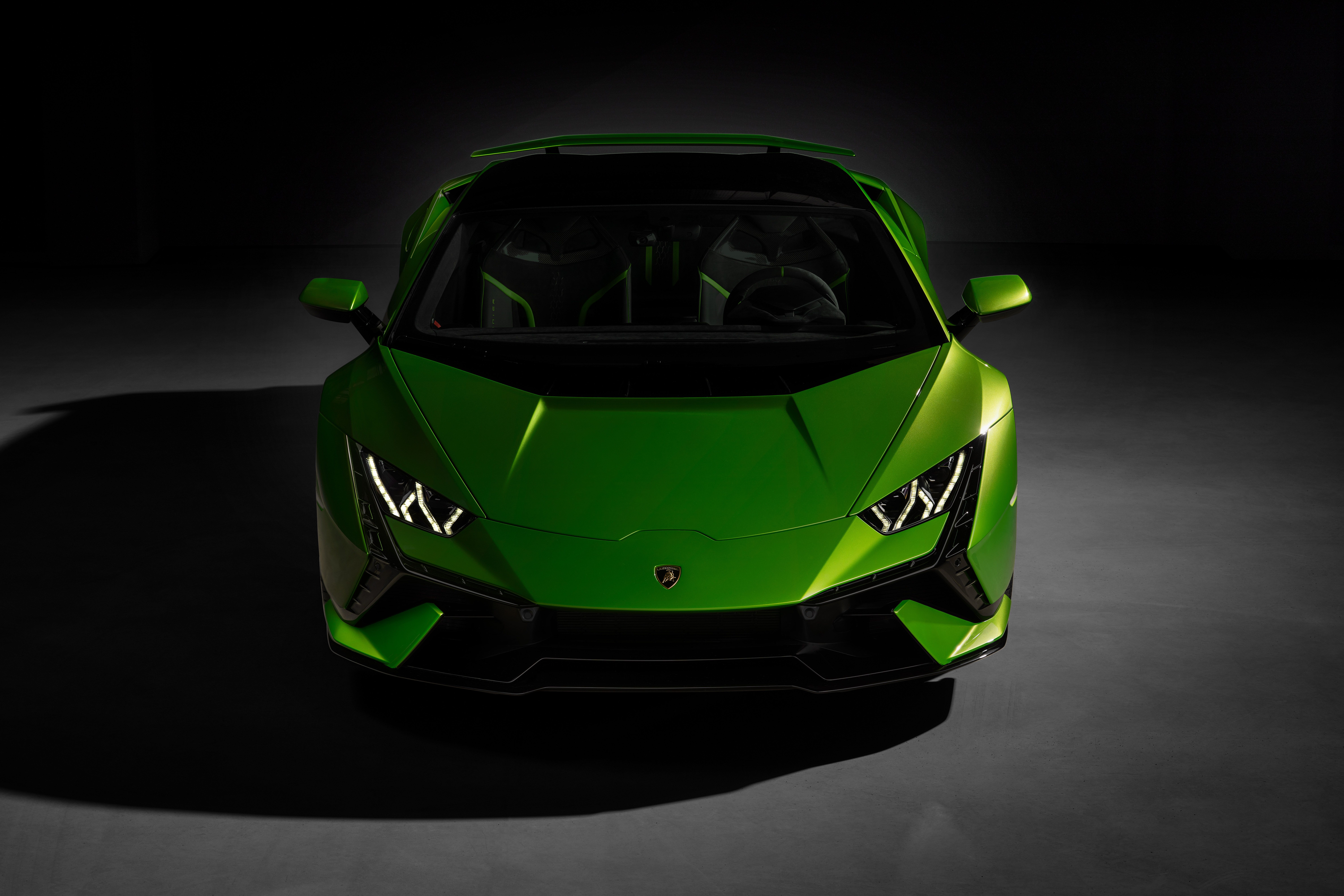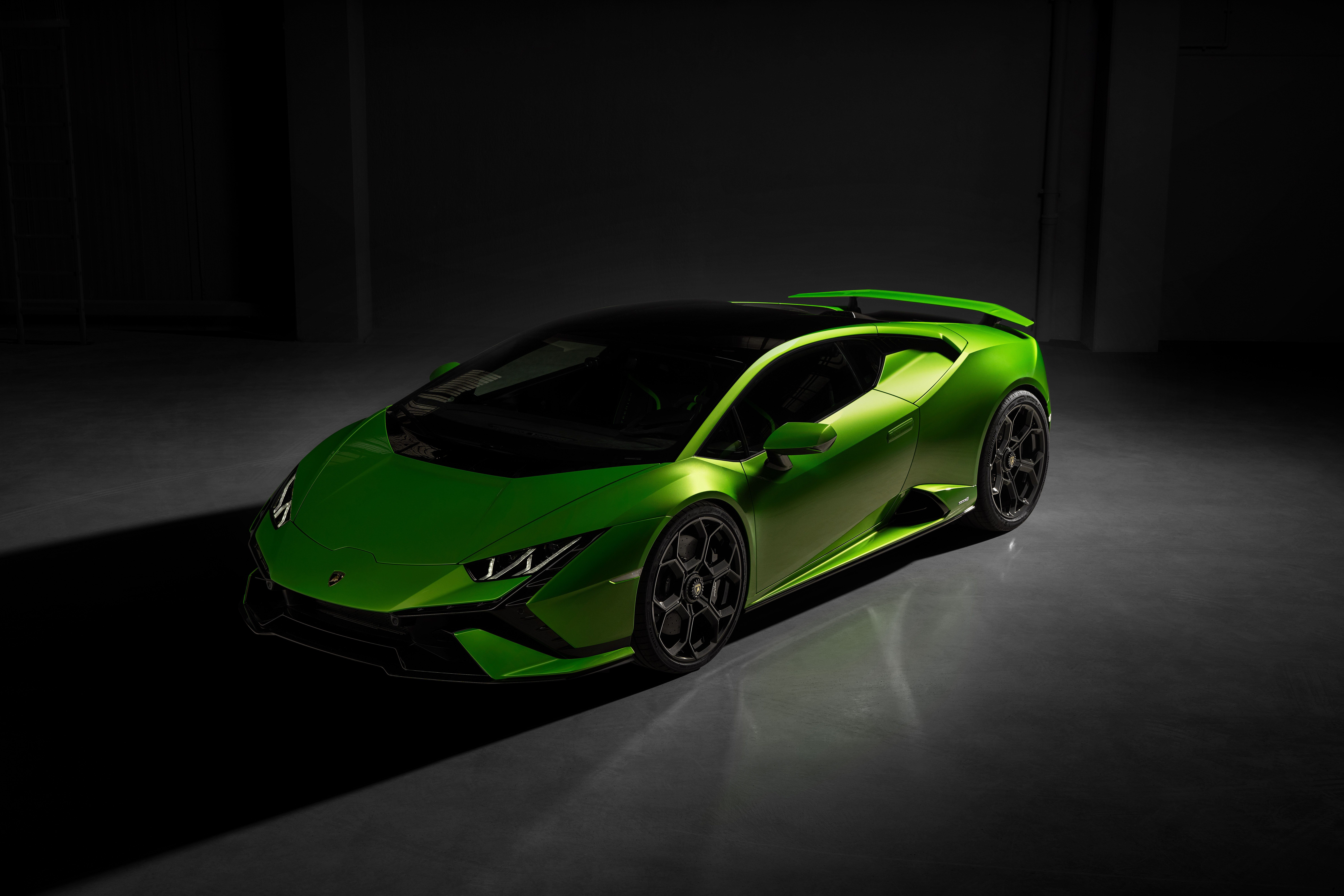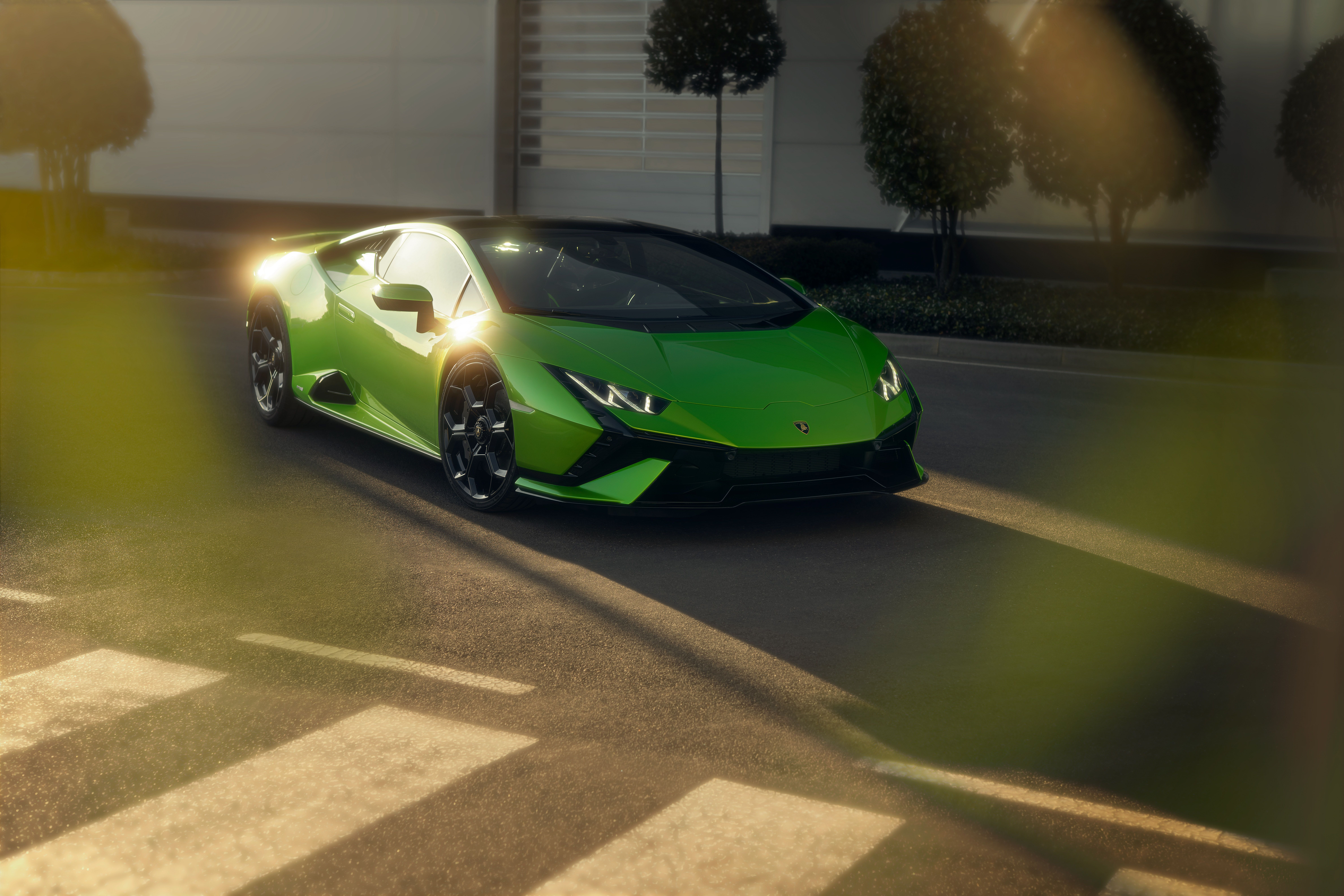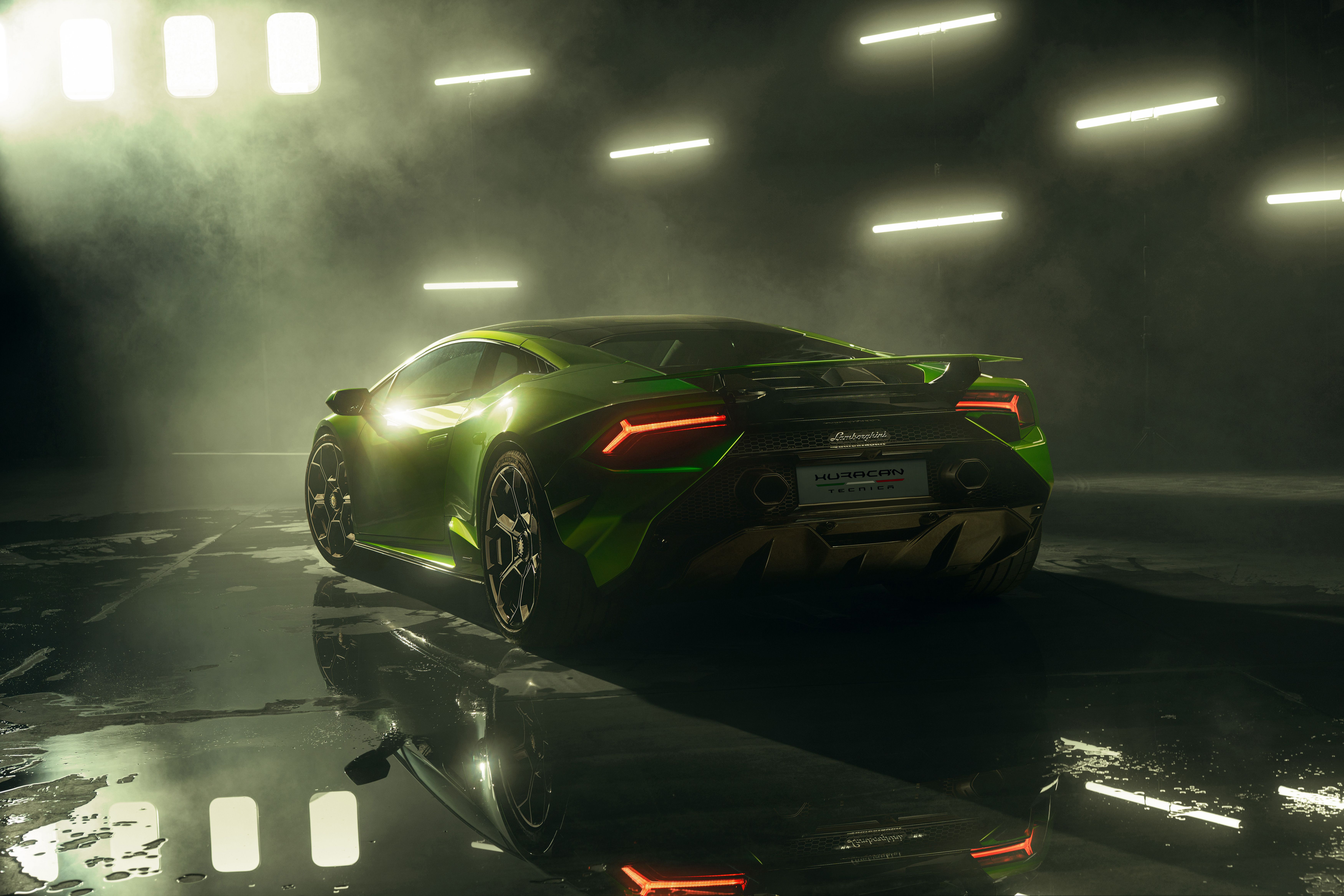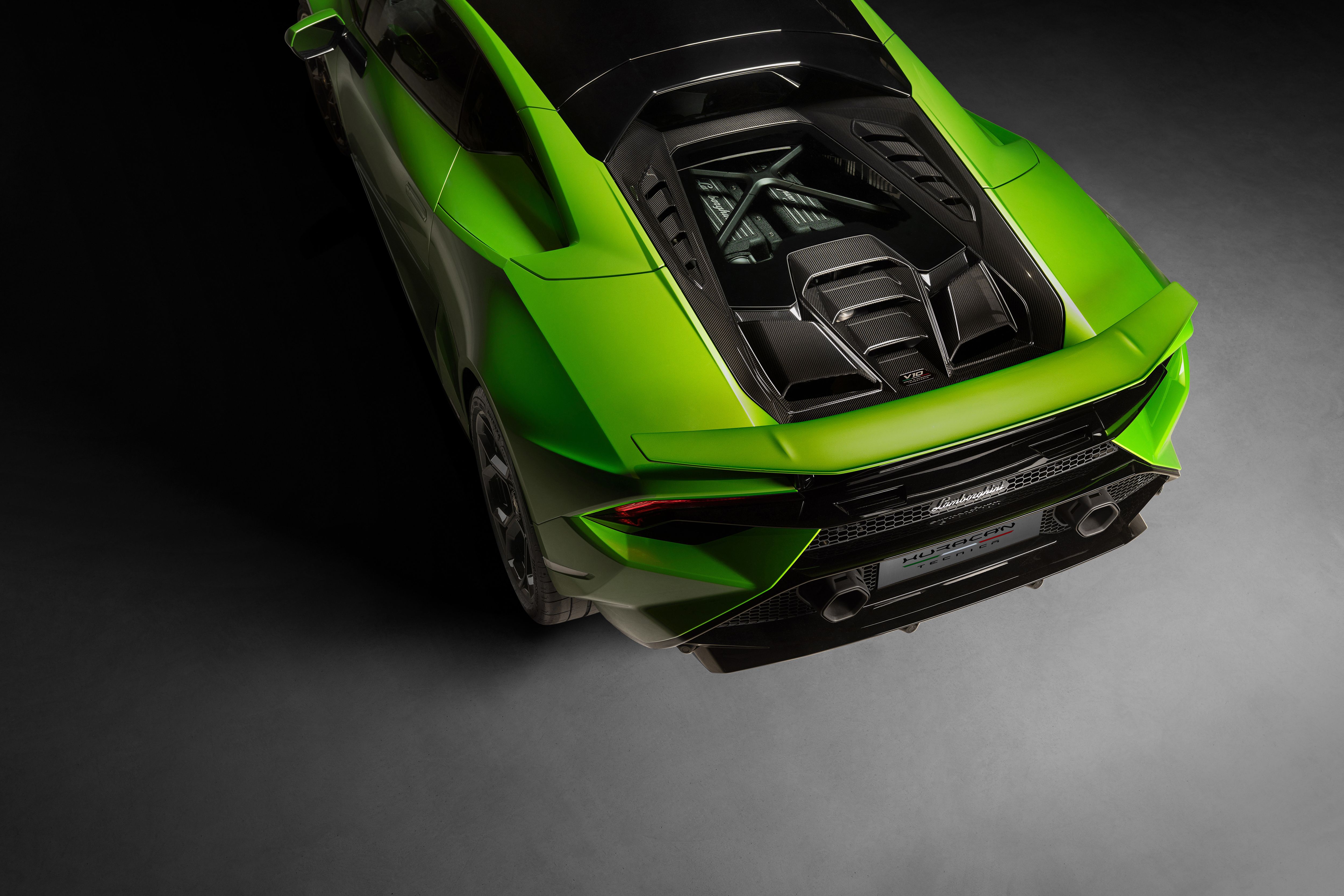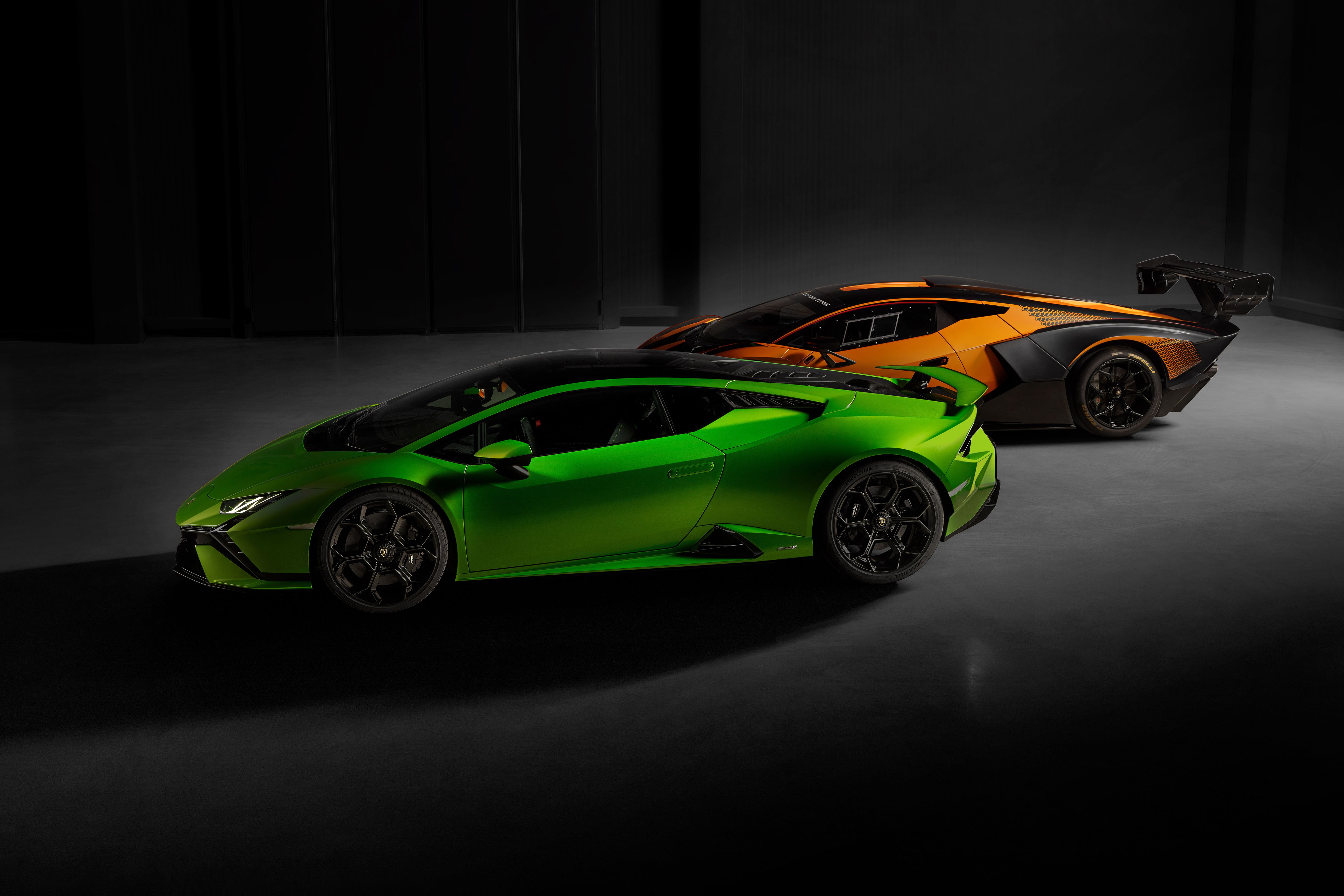The Huracan is nearing the end of its life cycle, and the tradition at Lamborghini dictates that the last few years are reserved for special editions - a bucketload of them. A case in point is the Aventador that recently added its "final" iteration to the lineup with the Aventador Ultimae. Huracan's predecessor, the Gallardo, was put through a similar regime after its nine-year production run. And now, Lamborghini has introduced the 11th iteration of the Huracan with the Tecnica.
About the Tecnica
The newest baby bull sits between the Huracan EVO range and the recently introduced STO which is regarded by most industry experts as the best driving car ever made by the Italian auto marque, topping the likes of the Aventador SVJ. How you may ask? The answer is simple - two-wheel drive. But, why does the Tecnica need to exist in a world where two RWD Huracans already exist, and is it worth the near $65k premium of the base Huracan Evo RWD? Let's find out.
One can look at it this way, the Ultimae and the Tecnica are nothing more than toned-down versions of their respective "track-focused" versions, i.e. the Aventador SVJ and the Huracan STO. This is exactly what the modern supercar demographic demands. One can draw parallels to this approach from within Volkswagen, by looking at Porsche. The Huracan STO is equivalent to Porsche's halo 911 GT3 RS and the Tecnica is trying to be the GT3 Touring equivalent for Lamborghini by capitalizing on the success of this over the top, halo product.
Taming of the Bull
The Huracan Tecnica takes a bunch of pivotal components from the STO, starting with the fixed steering ratio and the tweaked traction control that Lamborghini calls LDVI (Lamborghini Dinamica Veicolo Integrata) which also tweaks the differentials for this application and the STO's rear-axle steering system have also made their way into the Tecnica.
To top it all off there are bespoke traction modes, steering, and suspension Tecnica-specific tunes all of which come together to drastically improve the on-limit handling when compared to the AWD Huracan Evo. Some would go as far as to say the transformation is better than what BMW did with the M5 CS, which is as high a praise as any.
The car is not only light on its feet, the added downforce which comes courtesy of the added aero gubbins that takes the total downforce up by 35% over the regular Evo also keeps it more planted despite the obvious lack of grip that comes with the RWD layout. Most of the new body panels are made of CFRP (carbon-fiber-reinforced plastic) as opposed to aluminum further the cause of less is more.
These series of changes all add up to completely transform the characteristics of the car. But the biggest upgrade over the STO has to be in the interior department where Lambo has added back most of the sound detinning and leather, but most importantly it gets "regular" seats that won't scramble your spine on longer drives.
However, to fully understand why the base Huracan EVO RWD could be Tecnica's biggest threat, let's go back in time when Lamborghini tried to sabotage one of the most important products in their lineup with the Lamborghini Gallardo Balboni.
The Legend of Balboni
Launched back in 2009, the Lamborghini Gallardo Balboni was a tribute and a retirement gift to the company's iconic test driver Valentino Balboni who was hired at the tender age of 18 by Ferruccio Lamborghini himself, and this Gallardo was a celebration of the 40 glorious years he spent test driving and perfecting every Lamborghini since the Countach.
The Gallardo Balboni was a big deal since this was the first Lambo in 15 years to get an old-school RWD layout mated to a gated and properly weighted six-speed manual. This is probably why it was deemed by many as the first truly old-school Lambo in over a decade even though they could be optioned with the E-gear automatic.
These omissions truly transformed the car, and why wouldn't they, because the decision to make an RWD version came as a suggestion from Balboni himself. In addition to these omissions, the Balboni was offered in three shades and all came with a white and gold stripe running down the middle along with bespoke wheels finished in metallic grey. With a price tag of about $220,000, the Balboni was significantly more expensive than the AWD Gallardo, but people were happy to pay the premium for the 250 limited run units.
The aforementioned sabotage problem came with the entry-level Gallardo that was launched the very next year. The 2011 LP-550-2 and the entry-level car came with the same naturally aspirated V-10 motor displacing 5.2 liters and producing an identical 548 horsepower and 348 lb-ft of torque.
The base variant also came standard with a marvelous six-speed gated shifter which made it the only new thoroughbred Italian supercar at the time with a manual gearbox, since Ferrari had already made the switch over to a DCT with the 458. And, the price for all this goodness, you may ask? Just shy of $188,000, which was not only significantly cheaper than its competitors from Ferrari and McLaren, but more importantly it was over $30,000 cheaper than the limited-run Balboni, which came as a huge bummer to loyal Lambo customers who ponied up the money to buy one just a few years prior. Not only that, the steel brakes which were also a part of the standard kit were a lot less snappy and a lot better for road use than the carbon ceramics on the Balboni, and of course, a whole lot cheaper to replace.
To summarize
So, does that mean that the Gallardo LP-550-2 is the bargain of the past decade? Probably. But more importantly, Lamborghini learned its lesson, and that's why the Huracan Tecnica is not just another Huracan EVO RWD, but a whole new car that goes on to showcase the true potential of Lamborghini's mainstream sportscar. So, if you can pony up the around $300K, you can treat yourself to one of the best Lamborghinis of the 21st century.

